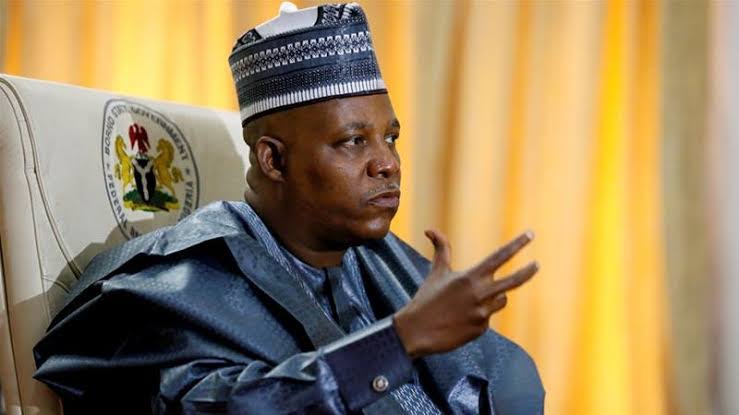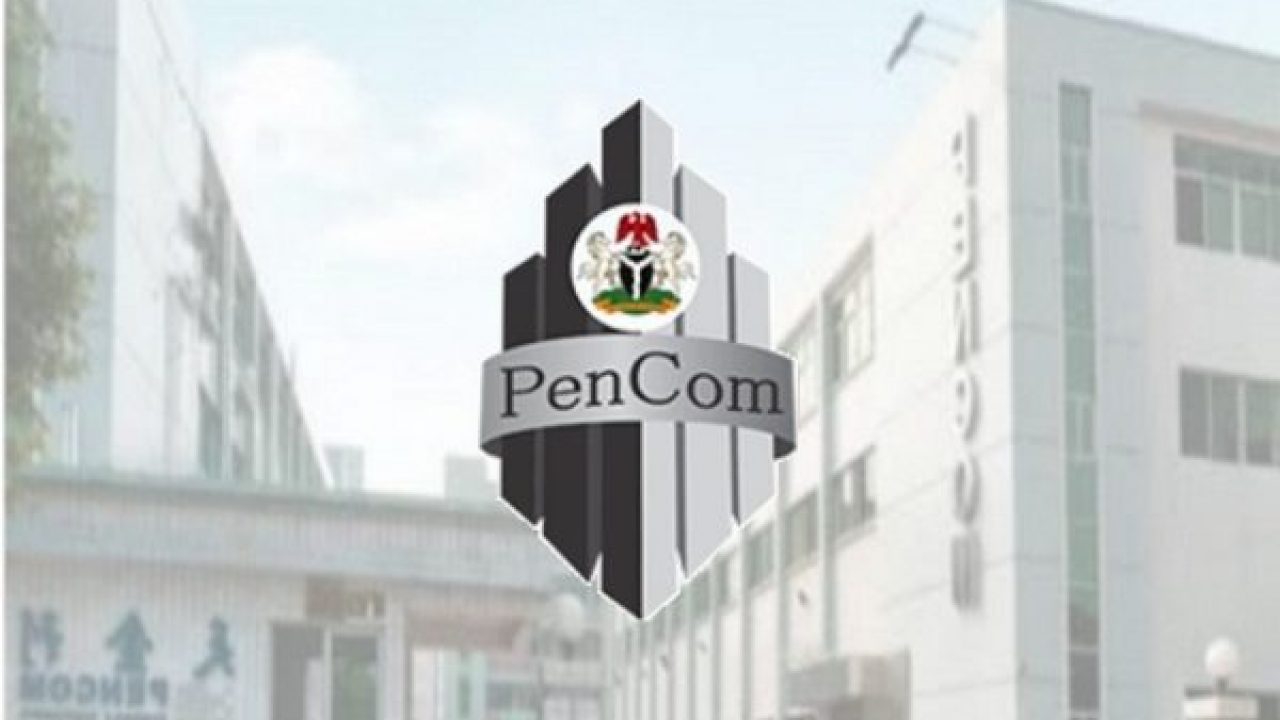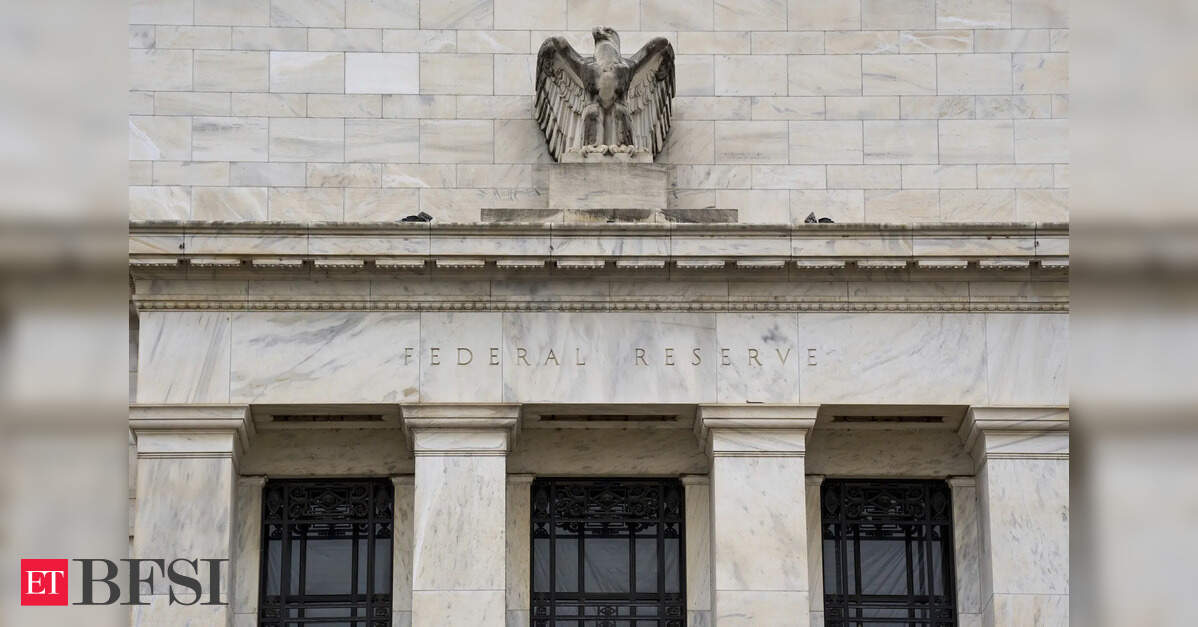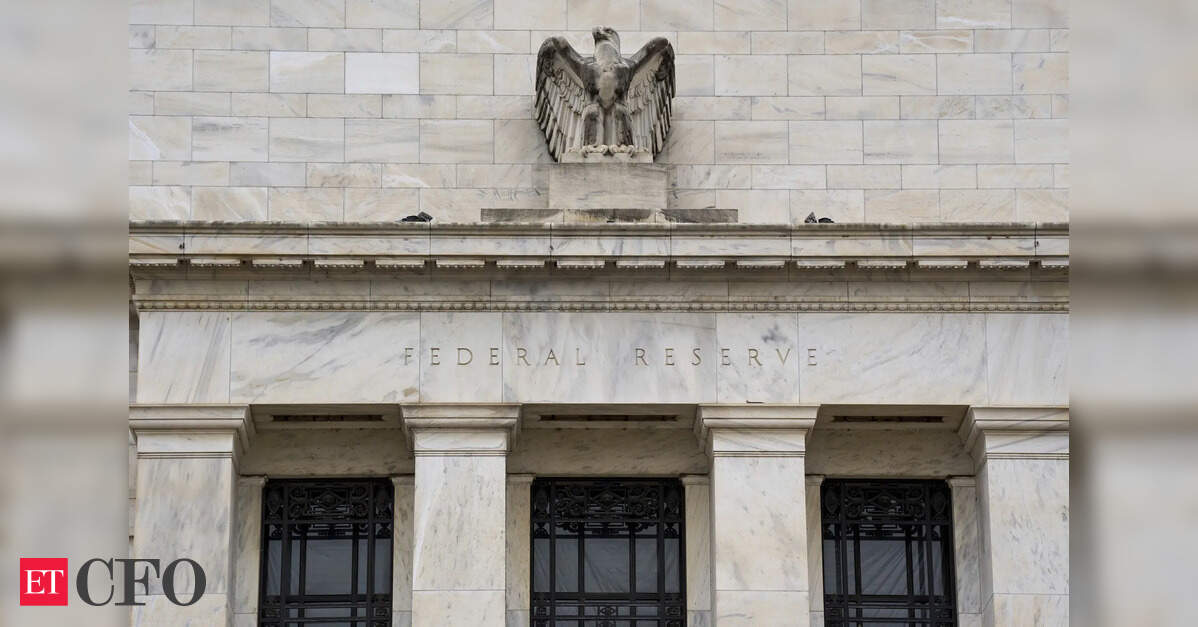Fed expected to hold rates steady again as officials wait for more clarity on economy
(June 18): US Federal Reserve (Fed) officials are widely expected to leave interest rates unchanged for a fourth straight meeting on Wednesday, reiterating they want more clarity on the economic impact of a wide array of government policy changes before adjusting borrowing costs.
Policymakers have warned US President Donald Trump’s tariffs could boost inflation and unemployment, but so far, steady hiring and cooling inflation have allowed Fed officials to keep rates unchanged this year.
“The wait-and-see approach has served them well up until this point,” said Brett Ryan, a senior US economist at Deutsche Bank AG. “Why deviate from it now when there’s no pressing reason to do so and with still upside risk to the inflation outlook?”
With so much uncertainty around the outlook, investors and economists will pay close attention to policymakers’ updated economic and rate projections. Officials may continue to pencil in two rate cuts this year — as many forecasters expect — but some economists say the so-called dot plot could show just one.
The Fed’s rate decision will be released at 2pm on Wednesday in Washington (2am Malaysian time). Chair Jerome Powell will hold a post-meeting press conference 30 minutes later.
Officials are expected to hold their benchmark interest rate in a range of 4.25%-4.5% and make few changes to the statement they released following their May 6-7 meeting. Policymakers may tweak a line referencing the uncertain economic outlook given trade tensions — particularly with China — have subsided since the May gathering.
Instead of saying uncertainty has “increased further,” officials may simply say it “remains elevated”, Ryan and his colleagues wrote in a note to clients.
The key document to watch will be the Summary of Economic Projections. That will contain the first update to Fed officials’ estimates for growth, inflation, unemployment and interest rates since March — before Trump announced widespread tariffs.
Those levies, which were larger than many economists and Fed officials had expected, initially weighed significantly on the US growth outlook. But now that many of those tariffs are paused and being negotiated, economists have pared back their most dire predictions.
Some 26% of economists in an April Bloomberg survey had forecast a recession in the next 12 months. That dropped to 10% in this month’s survey.
Even so, forecasters expect policymakers to once again mark down their estimates for growth this year and boost their 2025 inflation projections.
Officials’ median estimate of the longer-run Fed funds rate, a proxy for the so-called neutral rate that neither weighs on nor boosts economic activity, may continue to edge higher. Another increase would further bolster the case for slightly fewer rate cuts in the future.
The surprise cooling of inflation recently — the Fed’s preferred measure was at 2.1% in the year through April, just above the central bank’s 2% target — opens the door to questions for Powell over why the Fed isn’t yet lowering rates.
While welcome news, Powell is likely to point to the risk that prices could still pick up, especially if higher tariffs take effect later this summer as scheduled.
Investors anticipate the next rate cut won’t come until at least September, with another one potentially following in December. Powell will likely try to avoid saying anything too definitive about this year’s rate path.
The Fed chief could also field questions about his meeting with Trump in May. Trump has repeatedly called on the Fed and Powell to lower rates. Earlier this month, the president implored the central bank to reduce rates by a full percentage point. He’s also noted lower borrowing costs would help ease the US debt burden.
Market participants will be on the lookout for anything Powell says on the Fed’s ability to pay interest on reserves held at the central bank, an authority granted by Congress in 2006 and implemented in 2008. Senator Ted Cruz of Texas has proposed eliminating that power. Known as the IORB, the tool is crucial to the Fed’s ability to control short-term interest rates when it operates with a sizeable balance sheet.
Uploaded by Tham Yek Lee












